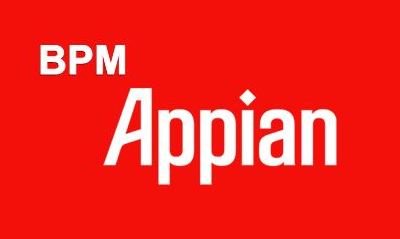Learn live instructor led Appian Online Training Suite by Appian Experts Best Institute for BPM Appian Certification Training with Course Material PDF | Record live Video Tutorials Attend Demo For Free | Reasonable Course Fee
Experts Training sessions will absolutely help you to get in-depth knowledge on the subject.
Key FeaturesCourse ContentFAQs
- 45 hours of Instructor Training Classes
- Lifetime Access to Recorded Sessions
- Real World use cases and Scenarios
- 24/7 Support
- Practical Approach
- Expert & Certified Trainers
Introduction To Appian
- Create group hierarchy and add members
- Create constants and expression rules
- Create and add objects to an application
- Configure process model properties
- Add process variables
- Edit a start form
- Debug a process
- Apply process model security
- Configure a user input task node
- Describe how data flows from node to node
- Monitor an inflight process
- Review process instance security
- Discuss and configure gateways
- Configure a sub-process node
Appian BPM
- BPM tools-Business processing tools
- Business processing modules and
- Business processing design
Client Tier
- Users interact with the entire BPMS—including the portal document management analytics, Process Modeler, and task completion interfaces—through a
- web browser
- Throughout the suite, extensive use of third generation AJAX (Asynchronous JavaScript and XML [Extensible Markup Language]) is used
- This enables the application to provide rich, application-like interfaces without the use of plug-ins or ActiveX controls
Middle Tier
- The middle tier is also responsible for integrating with other applications
- External relational databases, and web services.
- The primary component of the middle tier is one or more Java application servers.
- In a typical production environment, the middle tier also consists of one or more web servers that handle requests from the client, manage static content, and forward dynamic requests to the application server(s).
- In addition, multiple web servers and application servers are recommended for load balancing and failover, to ensure high availability of the application.
- These application and web servers can further be split out across multiple physical machines for redundancy and load balancing.
Appian Engines
- The architecture consists of a set of Appian engines that manage tasks from storing and versioning process models;
executing predefined business rules; user, group, and role management; document storage;
discussion areas; and task execution.
Web Services
- Web Services are powerful and flexible ways to allow any application to quickly reuse programmatic logic through a simple web interface.
- But, a Web Service is still a complex programmatic API with WSDL definitions, data mappings, and compensations that only more advanced IT users know how to properly deploy.
- Appian introduces a new way of wrapping common SOA objects, such as Web Services and Enterprise Java Beans (EJBs), into more easily understood Appian Smart Services.
